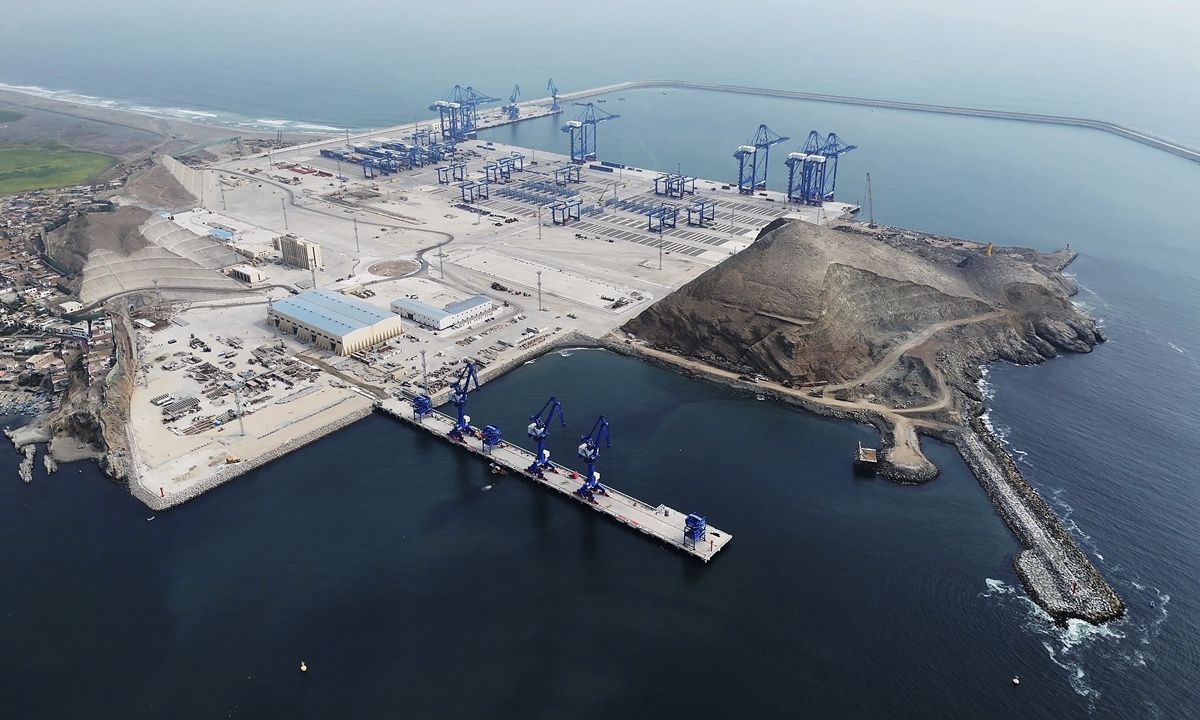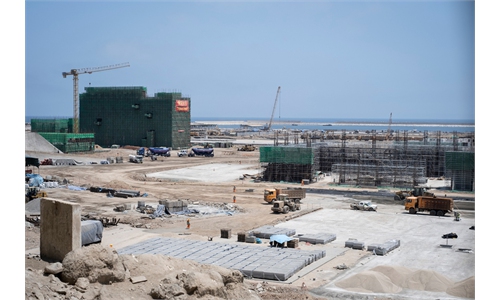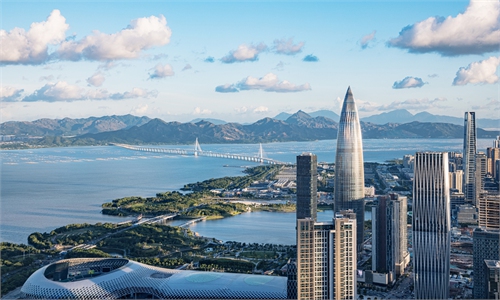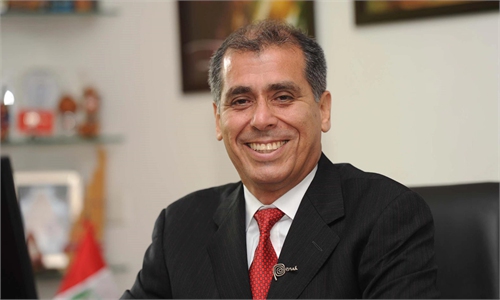Chancay Port has created jobs for local workers; more jointly-built projects between China and Peru anticipated: Peruvian representative of construction workers

Chancay Port Photo: VCG
The construction of Chancay Port has created jobs for many construction workers and has improved their families' living standards. With the port serving as a demonstration, it is hoped that Peru and China can jointly build more projects and create more jobs for local people, Luis Villanueva, secretary general of the Federation of Workers in Civil Construction of Peru, told the Global Times.Located about 78 kilometers north of Peru's capital Lima, Chancay Port is a key project in the Belt and Road Initiative (BRI). Once in operation, it will become a major shipping hub in the South Pacific, helping to redistribute cargo from countries such as Chile, Ecuador, Colombia, Brazil, and Paraguay. It will also cut the sea freight time from Peru to China from 35-40 days to about 23 days, which will reduce logistics costs by over 20 percent.
The BRI is an important contribution, Villanueva said. He said the initiative has driven the economic and social development of Peru, boosted technological exchanges, improved the living standards of local people, and paved the way for more cooperation between Peru and China in the future.
Many construction workers in Peru have participated in the construction of Chancay Port, Villanueva said, noting that the port will bring further opportunities for Peru.
According to estimates by some Peruvian economists, the port is likely to generate $4.5 billion in annual economic benefit for Peru, equivalent to 1.8 percent of the country's GDP. During construction, a total of 1,300 direct jobs and about 8,000 indirect jobs have been created, bringing tangible benefits to the local people.
Peru's economic growth rate is currently 3.2 percent, but with all the advantages that the Chancay Port creates, it could reach 5-7 percent, said José Arista Arbildo, Peru's minister of economy and finance, Peru's Radio Nacional reported on Tuesday.
Villanueva said China's development itself is a good model for Peru, noting that China's development philosophy and model offer useful experience. While it was a backward country in 1949, the country has now caught up with and even surpassed some developed counties in some areas, such as technological innovation. This reflects the advantage of China's development model and its vast development potential, he said.
China creates wealth through development, and strives for equal distribution and elimination of poverty via sound planning and sustained re-distribution. China's success has also inspired many socialists in Peru and Latin America, as they see another possible development model in addition to that of the West, Villanueva added.



